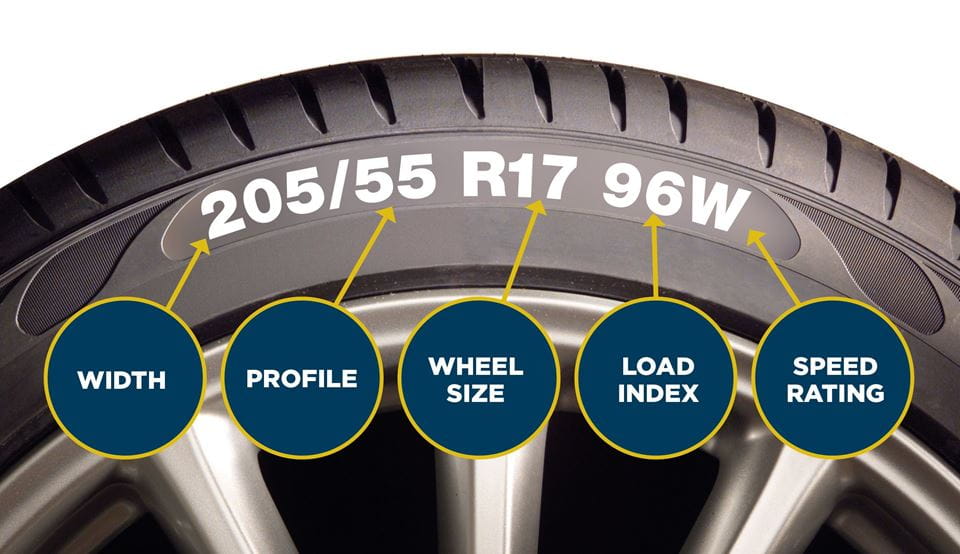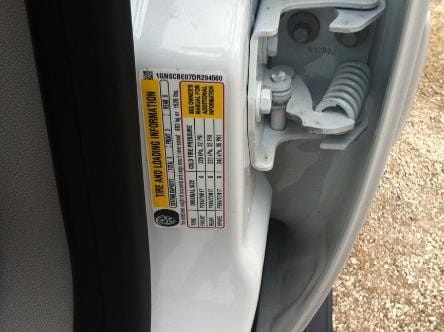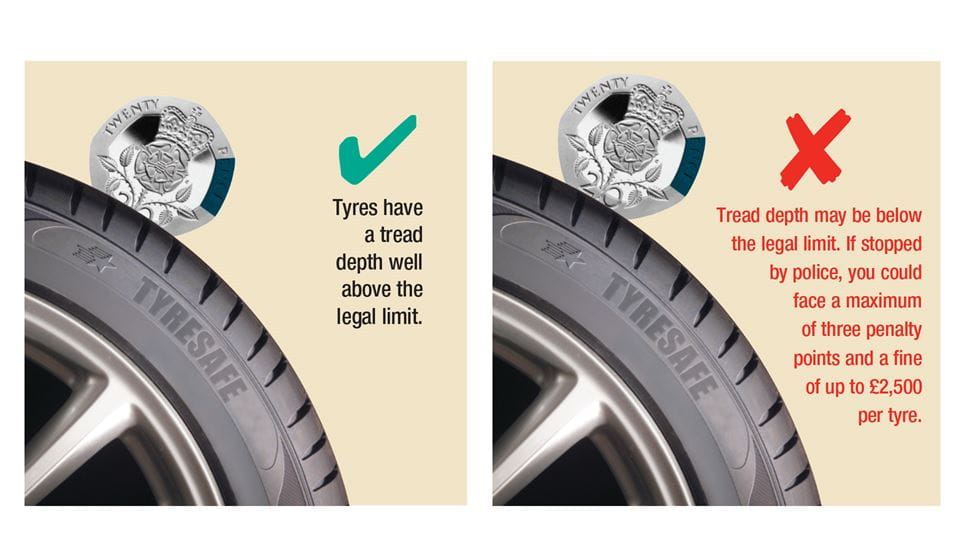Tip!
Proper tyre care is key to road safety. Regularly check tyre pressure, tread depth, and alignment. Correctly inflated tyres can help improve fuel efficiency and overall driving performance.
Make a tyre booking
Make a booking online
If your contract includes maintenance, we'll replace the tyres if they’re damaged, punctured or below 2mm.
Our online booking service is for non-urgent repairs and replacements.
There may be an additional charge if tyre damage is deemed outside of general wear and tear, for example tyre wall damage occurring from an impact such as a curb.
Simply call your DriverLine number and select the relevant option; we'll then check stock levels for your vehicle within your area and book an appointment for you. Please don't book directly with a tyre fitter.
For urgent requests, please call the DriverLine and select the option for 'Tyres' and one of our team members will assist you.
Make a booking by phone
Top tips

Understand your tyre size & where your locking wheel nuts are
Not all vehicles have the same size or type of tyres fitted. The information you need is on the side of your tyres as the image shows.
A great tip is when you get your vehicle, take a picture of your tyre size. Take a picture of the front and rear tyres as the sizes may differ. This means you always have the details to hand and it saves you needing to look up this information when you need your tyres changed.
Most vehicles are fitted with locking wheel nuts and the fitter will need these to replace the tyre. They are usually in the boot where the spare tyre also is, but it's worth checking that they are there. There isn’t a ‘standard’, so if you don’t have these, it will cause delays and an additional cost when you need your tyres changing.

Check your tyre pressures
Please check tyre pressures when they’re cold at least once a month or before a long journey. You can do this at most petrol stations and it only takes five minutes. You can normally find the right pressure for your tyres on a sticker inside one of your doors (like in the picture).
Many vehicles have a Tyre Pressure Monitoring System (TPMS) which alerts you if your tyre pressure is wrong. Ignoring this warning is dangerous as the tyres can cause blowouts. Over or underinflated tyres need longer braking distances, reduced grip, and they cost you. Underinflated tyres reduce your fuel efficiency and the life of the tyre by up to 25%. You’ll need to reset the TMPS once you’ve inflated the tyres - your vehicle handbook will show you how to do this. The TMPS only checks the pressure in your tyres, not the depth of tread remaining.

Check your tyre tread depth
While you’re checking pressures, it’s a good opportunity to have a look at the tyre’s condition. Legally, you must have a minimum tread depth of 1.6mm in a continuous band around the central three quarters of the tyre. To help you judge how much tread you have on your vehicle tyres, manufacturers often mould tread bars at roughly 1.6mm.
At LeasePlan, we change tyres at 2mm as standard, so you should never be on illegal tyres as long as you check them regularly.
Many manufacturers now include a Tread Wear Indicator (TWI) within the grooves of the tyre tread which becomes more visible as the tyre wears down. Whilst these markings are an indicator, always check the tread depth using a tread depth gauge and check your tyres regularly for bulges, wear or other signs of damage. You can also check the tread depth simply by using a 20p coin as the image shows, but if you’re not sure, pop into one of our approved tyre centres and they'll check them for free.
If your contract includes maintenance, we will also authorise replacements when the tyre is damaged or deemed to warrant replacement due to safety reasons. Just call 0345 250 0000 and select the relevant option; we'll then check stock levels for your vehicle within your area and get an appointment for you.

.png?rev=82bccaffab9842e1b80a5ad891a9392b&mw=3276)

